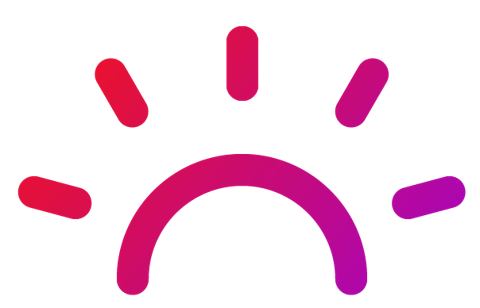[1] Chow, R., Liebert, A., Tilley, S. et al. Guidelines versus evidence: what we can learn from the Australian guideline for low-level laser therapy in knee osteoarthritis? A narrative review. Lasers Med Sci 36, 249–258 (2021). https://doi.org/10.1007/s10103-020-03112-0
[2] Ivandic T. Low-Level Laser Therapy. Dtsch Arztebl Int. 2021 Feb 5;118(5):69. doi: 10.3238/arztebl.m2021.0034. PMID: 33785126; PMCID: PMC8188418.
[3] Ihsan FR. Low-level laser therapy accelerates collateral circulation and enhances microcirculation. Photomed Laser Surg. 2005 Jun;23(3):289-94. doi: 10.1089/pho.2005.23.289. PMID: 15954817.
[4] DE Oliveira MF, Johnson DS, Demchak T, Tomazoni SS, Leal-Junior EC. Low-intensity LASER and LED (photobiomodulation therapy) for pain control of the most common musculoskeletal conditions. Eur J Phys Rehabil Med. 2022 Apr;58(2):282-289. doi: 10.23736/S1973-9087.21.07236-1. Epub 2021 Dec 16. PMID: 34913330; PMCID: PMC9980499.
[5] Dompe C, Moncrieff L, Matys J, Grzech-Leśniak K, Kocherova I, Bryja A, Bruska M, Dominiak M, Mozdziak P, Skiba THI, Shibli JA, Angelova Volponi A, Kempisty B, Dyszkiewicz-Konwińska M. Photobiomodulation-Underlying Mechanism and Clinical Applications. J Clin Med. 2020 Jun 3;9(6):1724. doi: 10.3390/jcm9061724. PMID: 32503238; PMCID: PMC7356229.
[6] Hagiwara S, Iwasaka H, Okuda K, Noguchi T. GaAlAs (830 nm) low-level laser enhances peripheral endogenous opioid analgesia in rats. Lasers Surg Med. 2007 Dec;39(10):797-802. doi: 10.1002/lsm.20583. PMID: 18081143.
[7] [6] Hamblin MR. Can osteoarthritis be treated with light? Arthritis Res Ther. 2013 Oct 29;15(5):120. doi: 10.1186/ar4354. PMID: 24286607; PMCID: PMC3978432.









